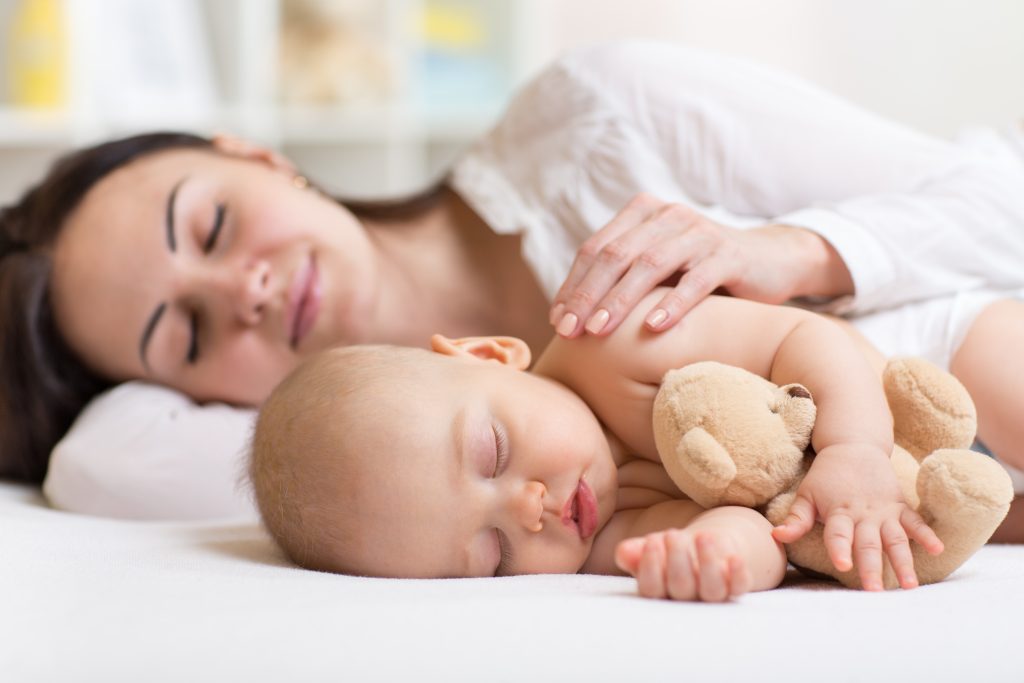
September is a time when experts collectively focus on the well-being of our little ones, as it marks Baby Safety Month—a crucial reminder for parents and caregivers to prioritize the safety of infants in every aspect of their lives.
One of the most important areas of concern is ensuring safe sleep practices, which play a vital role in an infant’s overall health and development. As we explore more about this important topic, this blog will educate about how you can create a secure sleeping environment for your baby.
Why Safe Sleep Matters
The significance of safe sleep practices cannot be overstated, as they directly impact an infant’s risk of Sudden Infant Death Syndrome (SIDS) and other sleep-related dangers. According to the American Academy of Pediatrics (AAP), SIDS is the leading cause of death among infants between one month and one year old, with the majority of cases occurring in babies under six months of age. Although the exact cause of SIDS remains unknown, research suggests that unsafe sleep environments contribute to these tragic outcomes.
To mitigate these risks, the AAP recommends placing babies on their backs to sleep, using a firm sleep surface, and keeping the sleep area free from soft objects and loose bedding. These guidelines are simple yet effective in reducing the likelihood of SIDS and other sleep-related incidents.
Creating a Safe Sleep Environment
One of the most important steps you can take to protect your baby during sleep is to create a safe sleep environment. This starts with choosing the right crib or bassinet.
The sleep surface should be firm, with a tight-fitting sheet, and free from any pillows, blankets, or toys. While it may be tempting to add cute accessories to your baby’s crib, it’s vital to keep the sleep space minimal to prevent suffocation hazards.
Room-sharing is another recommended practice, where your newborn sleeps in the same room as you but on a separate sleep surface. This setup allows you to monitor your baby easily while reducing the risk of SIDS by up to 50%, according to the AAP. However, bed-sharing, where the baby sleeps in the same bed as the parents, should be avoided as it increases the risk of suffocation, strangulation, and SIDS.
Sleep Positioners and Swaddling
As parents, we often look for products that promise to enhance our baby’s sleep. However, not all products on the market are safe. Sleep positioners, for instance, are devices marketed to keep babies in a specific position during sleep. Despite their popularity, the U.S. Food and Drug Administration (FDA) and the AAP warn against using sleep positioners, as they can lead to suffocation and pose a significant risk to infants.
Swaddling, when done correctly, can be a safe and effective way to soothe a baby and promote sleep. However, it’s essential to swaddle properly—keeping the swaddle snug around the baby’s chest while allowing room for hip movement.
Once your baby shows signs of rolling over, it’s time to stop swaddling, as it can become dangerous if the baby rolls onto their stomach while swaddled.
Baby Safety Month
While Baby Safety Month is a great time to focus on safe sleep practices, it’s important to remember that infant safety is a year-round commitment. Staying informed about the latest recommendations and guidelines is key to ensuring your baby’s safety. Organizations like the AAP, the National Institute of Child Health and Human Development (NICHD), and the CDC offer valuable resources to help parents and caregivers stay up-to-date on best practices for infant sleep and safety.
Additionally, consider attending local workshops or online webinars on infant safety to deepen your understanding and connect with other parents who share the same concerns. Community support and shared knowledge can make a significant difference in creating a safe and nurturing environment for your baby.
Moms can maximize their rest by creating a calming bedtime routine for both themselves and their baby, making it easier to relax and fall asleep when the baby does. Additionally, consider enlisting the help of a partner, family member, or friend to care for the baby during naps, giving moms a chance to recharge.
Safe sleep practices are a fundamental aspect of infant care, directly influencing your baby’s well-being and reducing the risk of sleep-related dangers. As we observe Baby Safety Month this September, the Alaska Sleep Clinic can help educate you in how to provide the healthiest sleep option for you and mom during this transition to parenthood.











